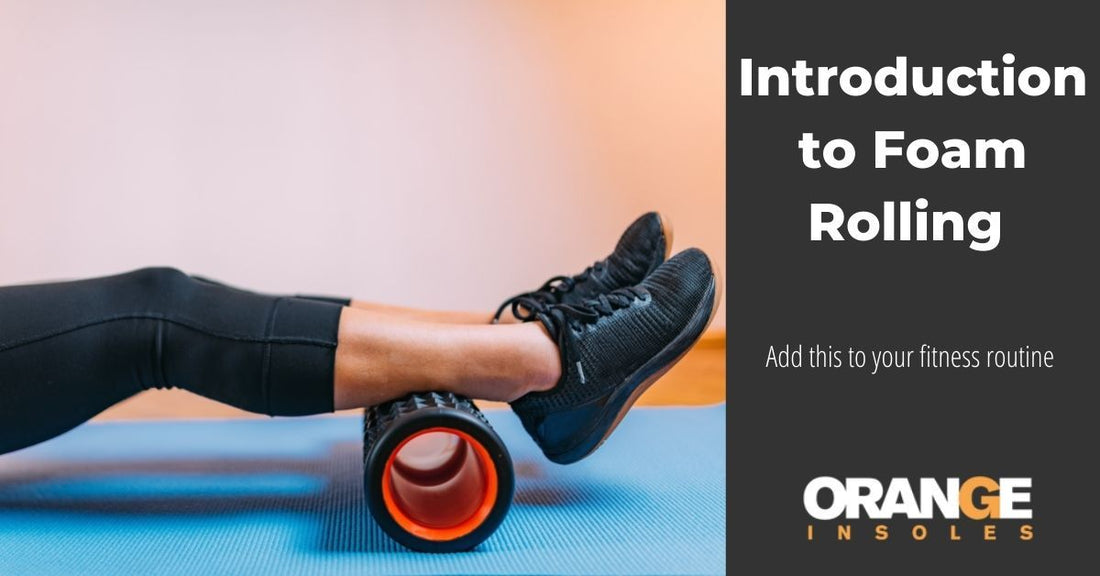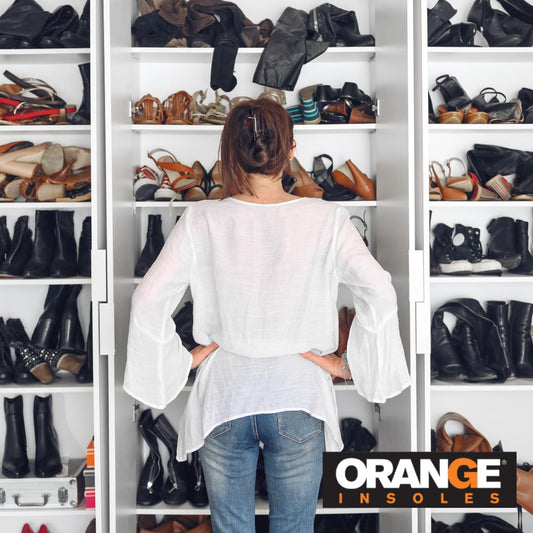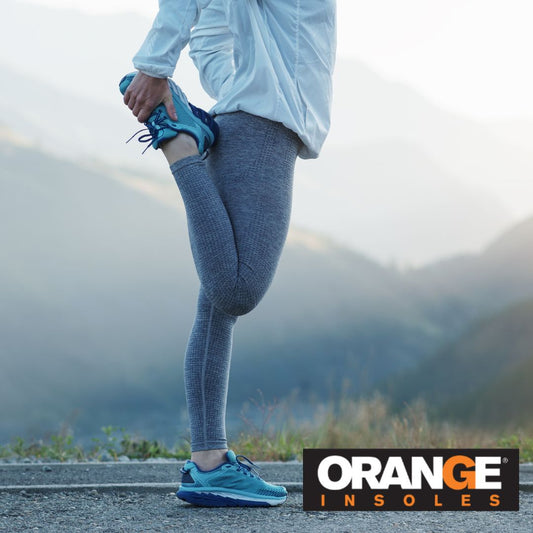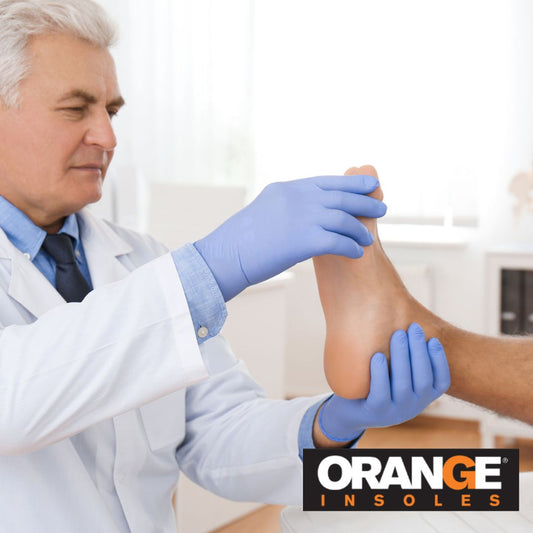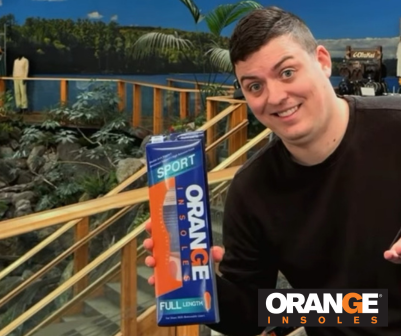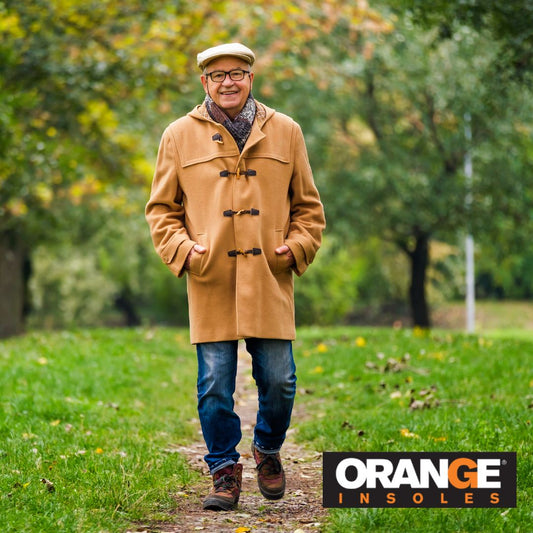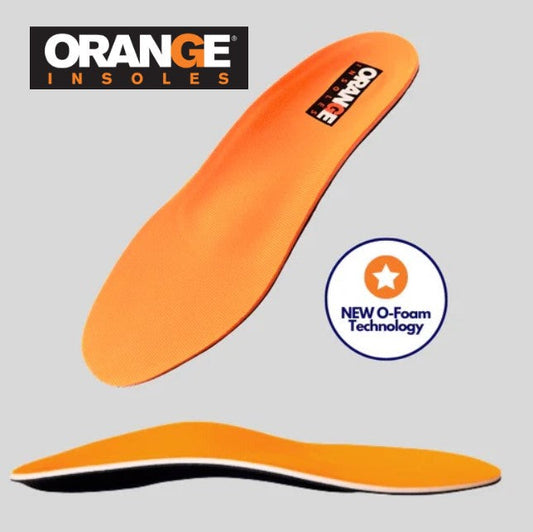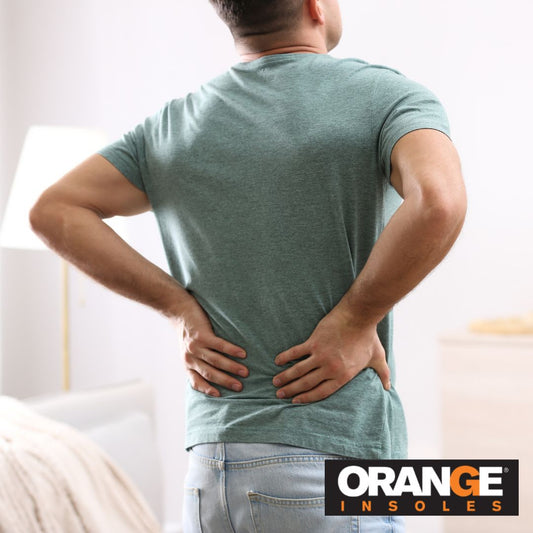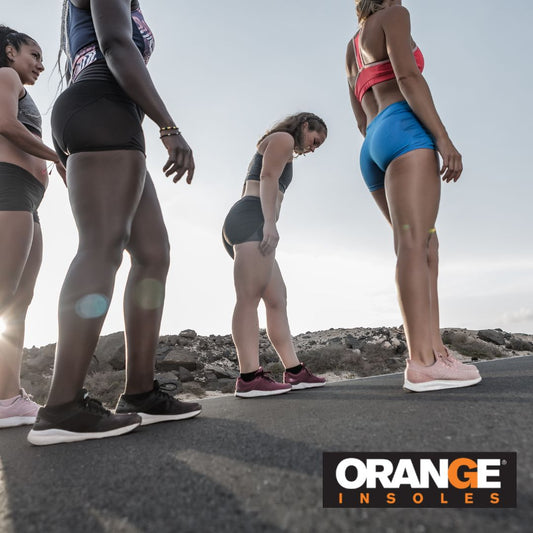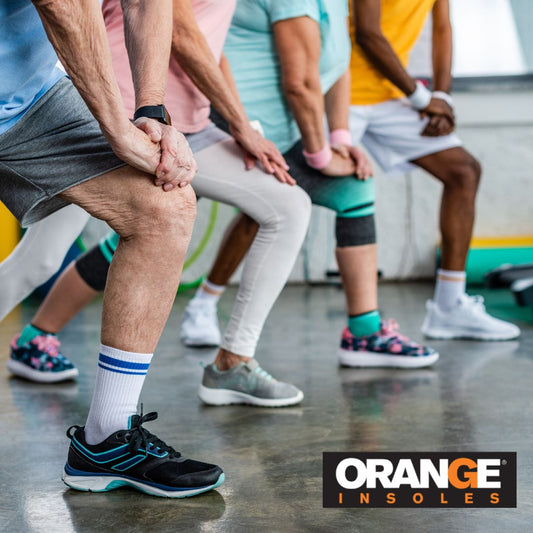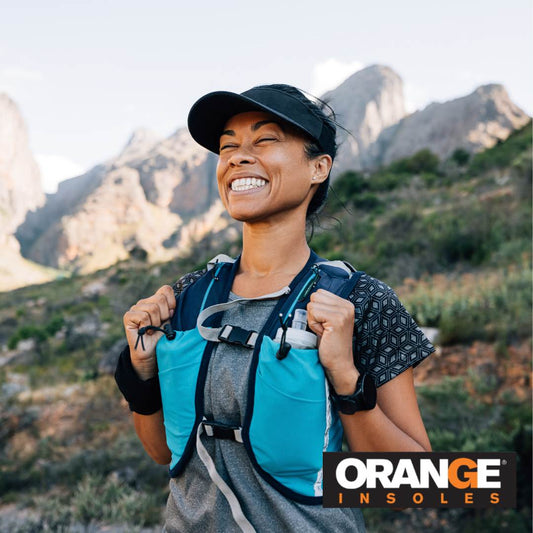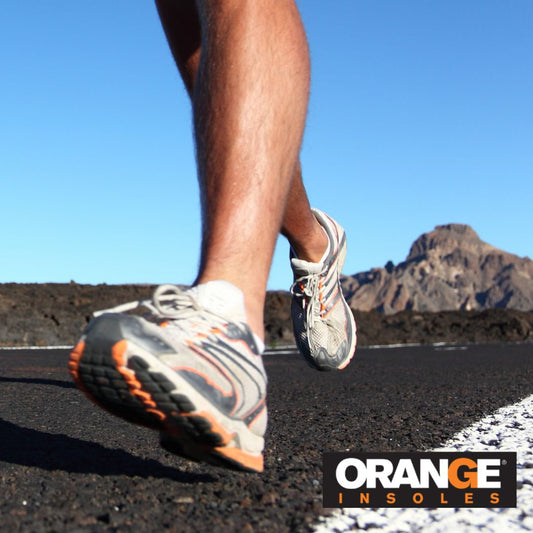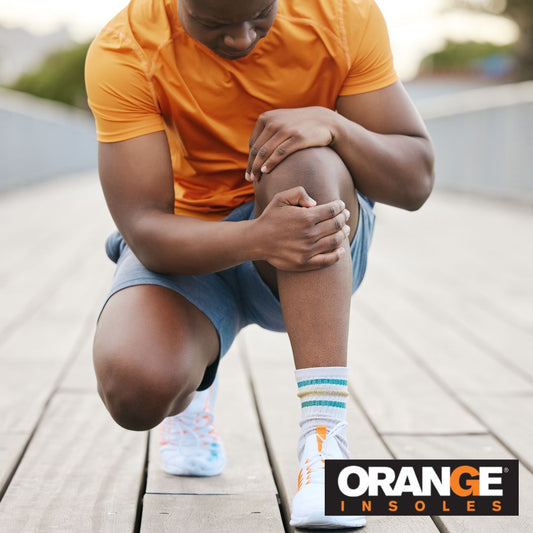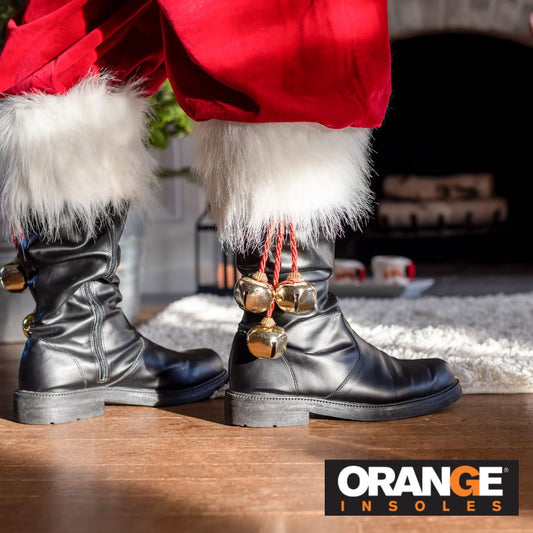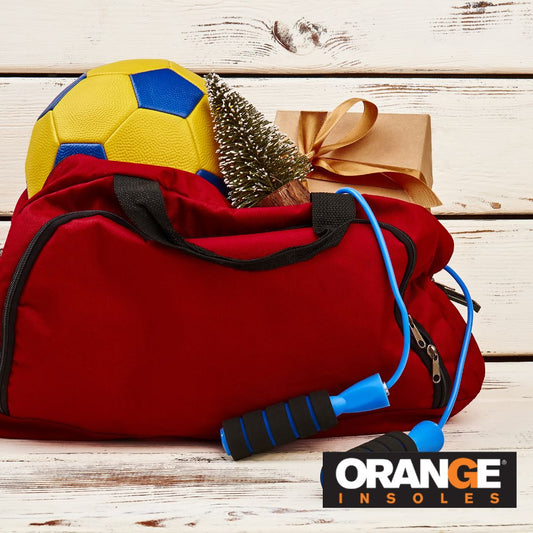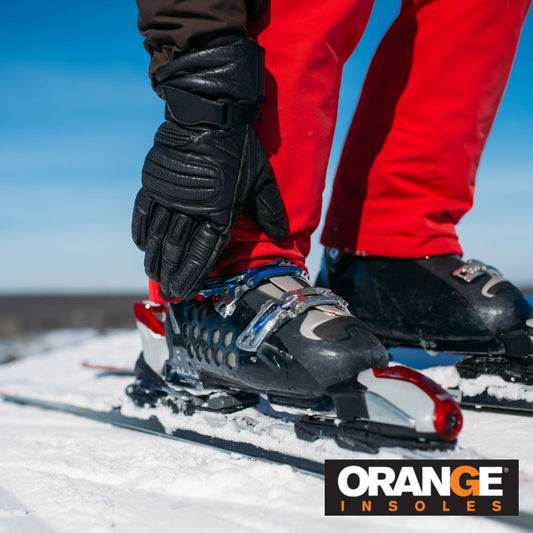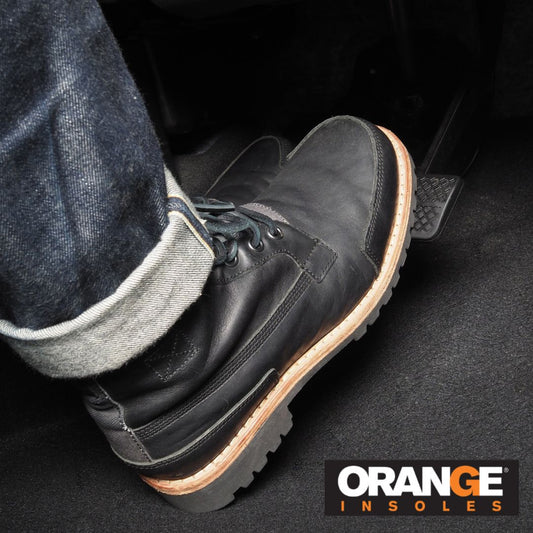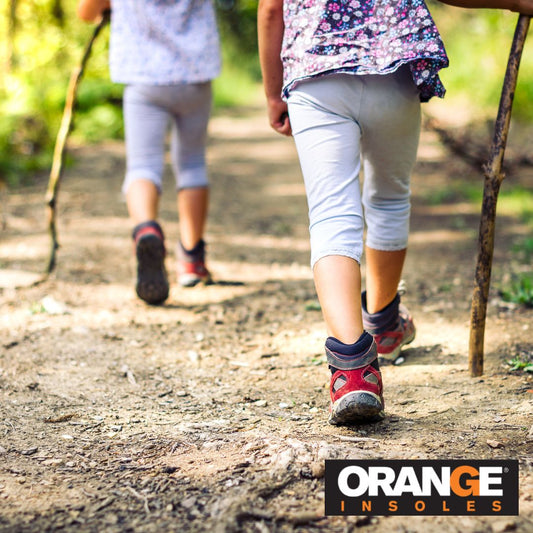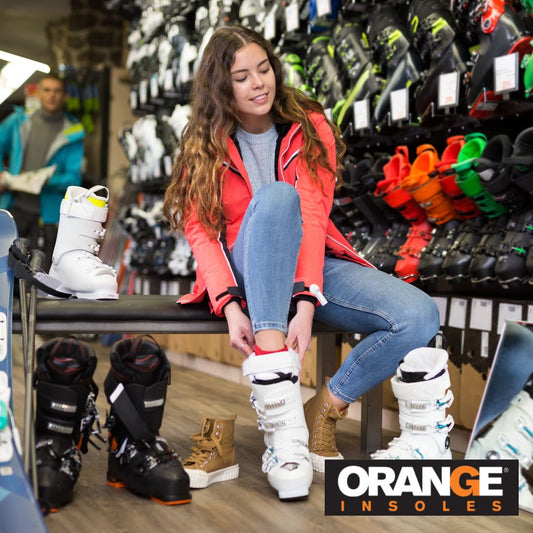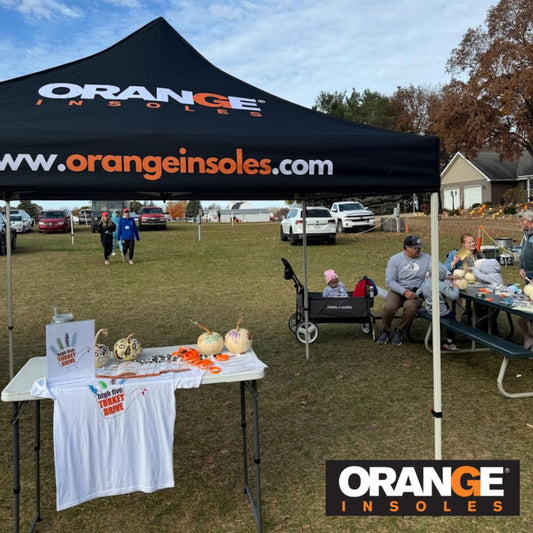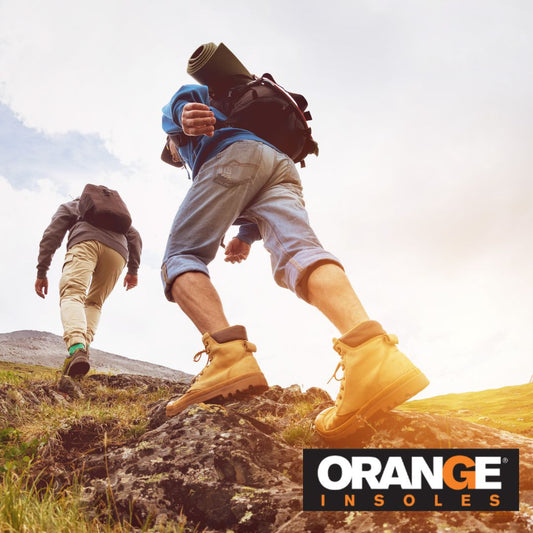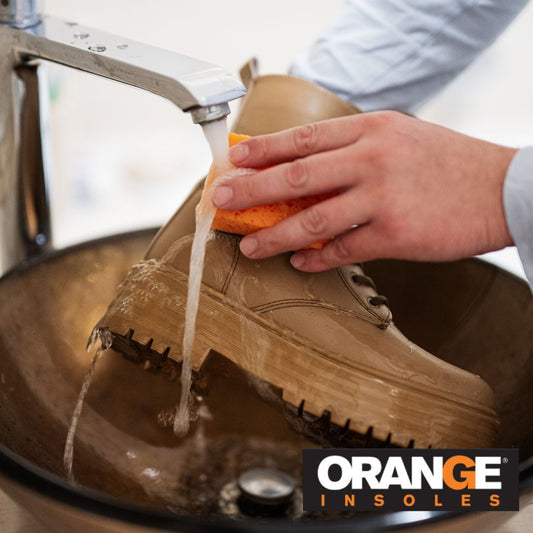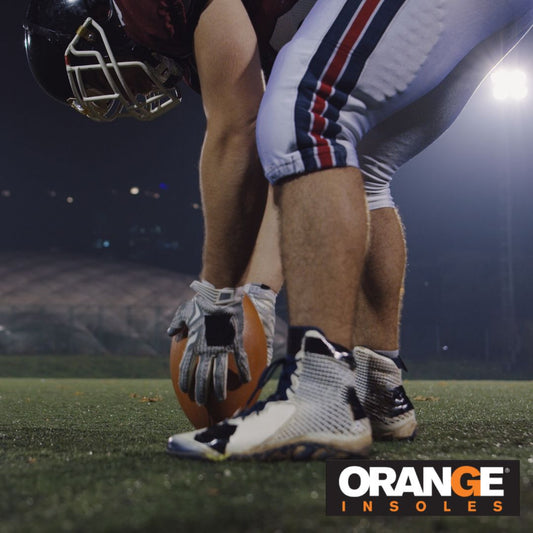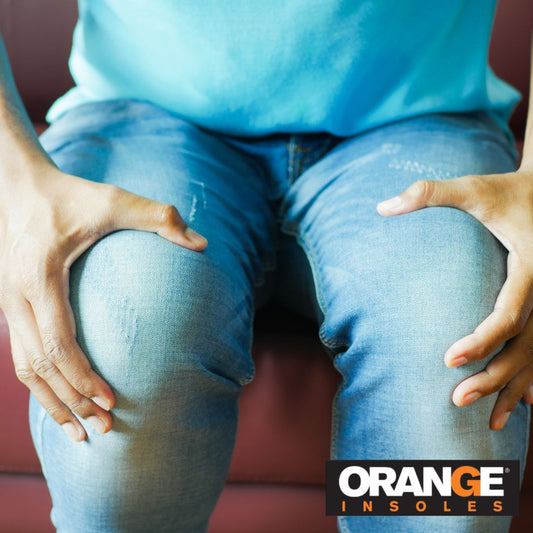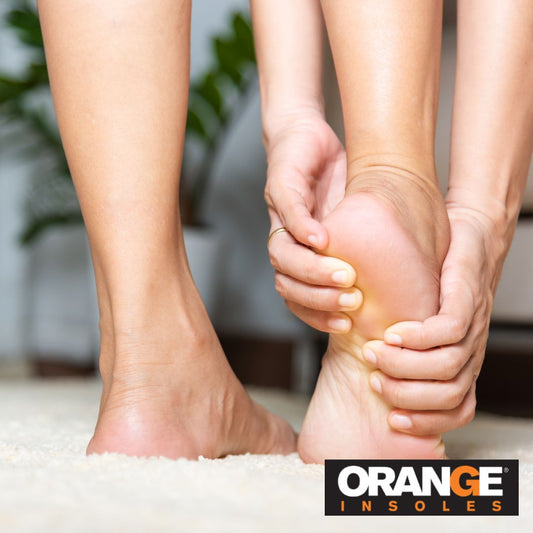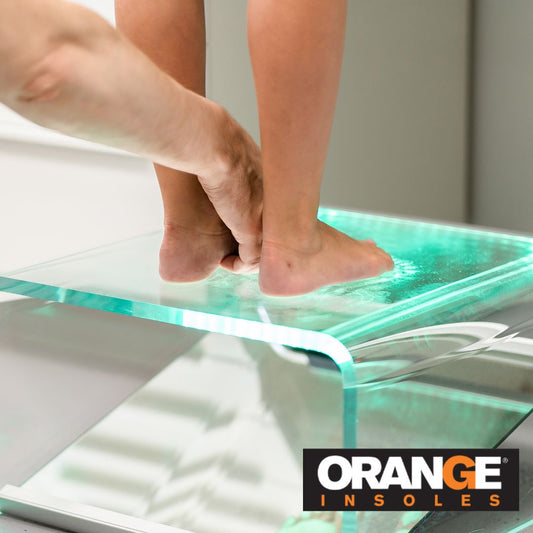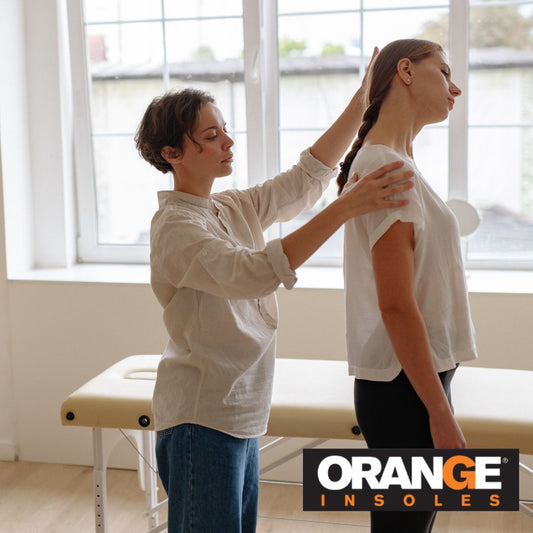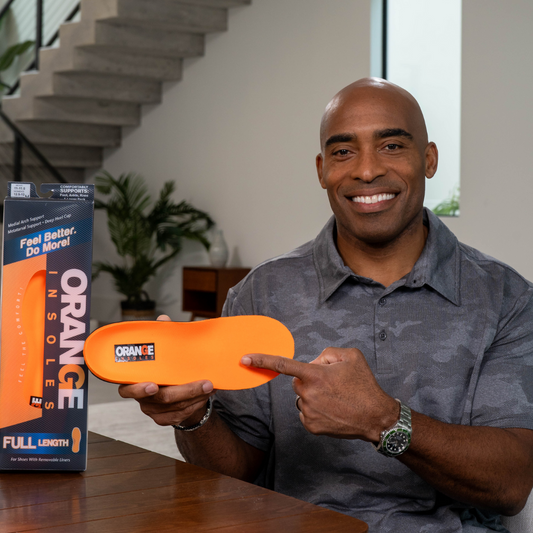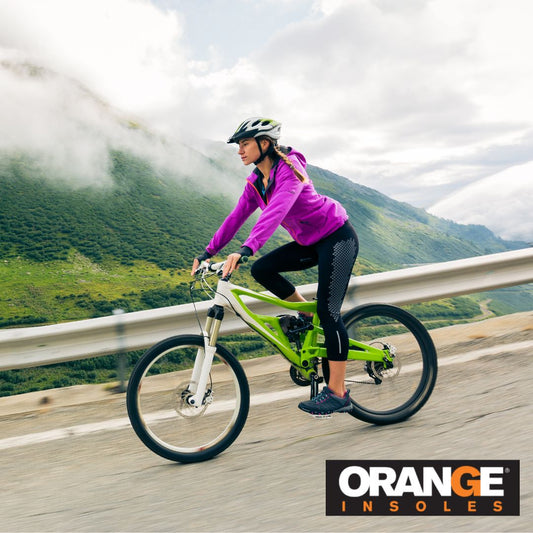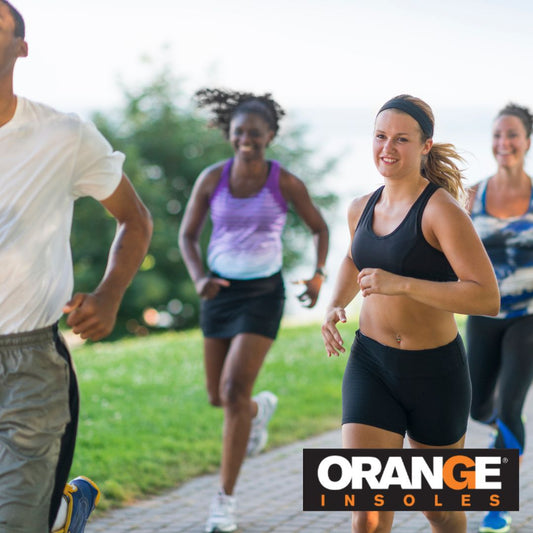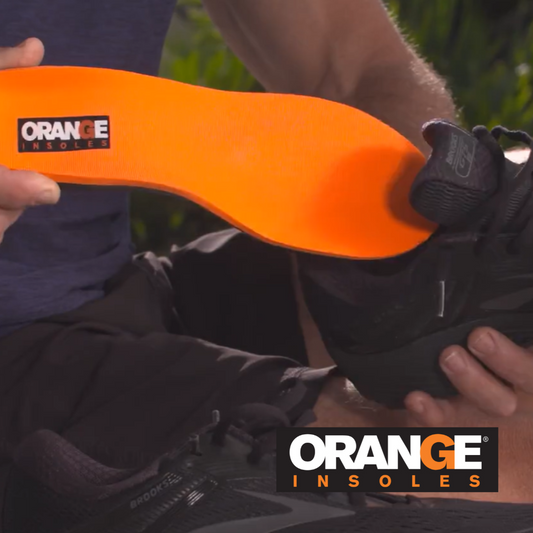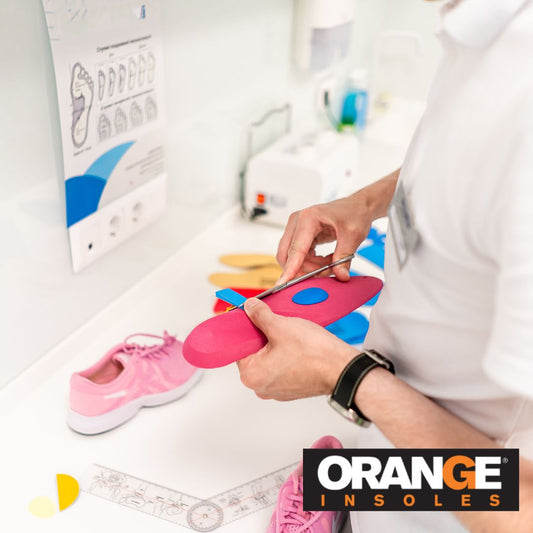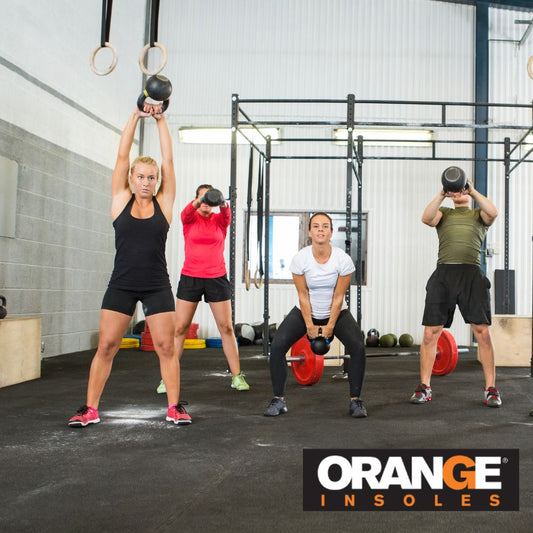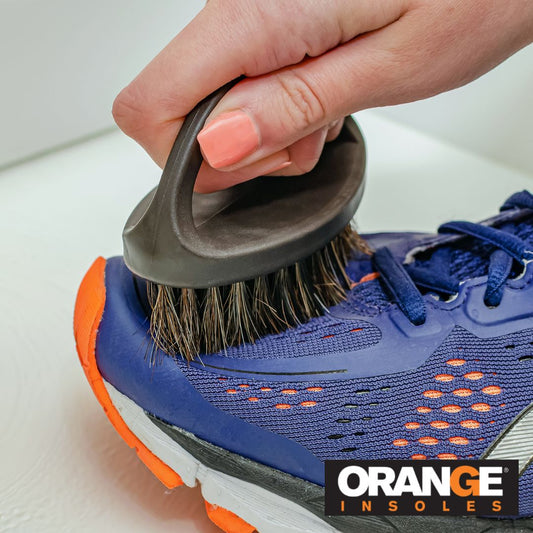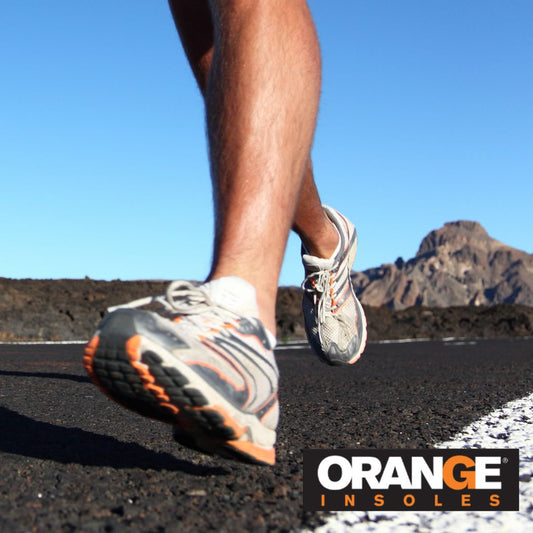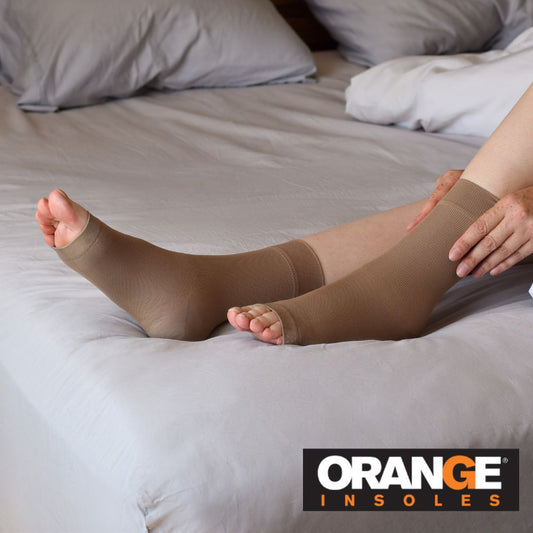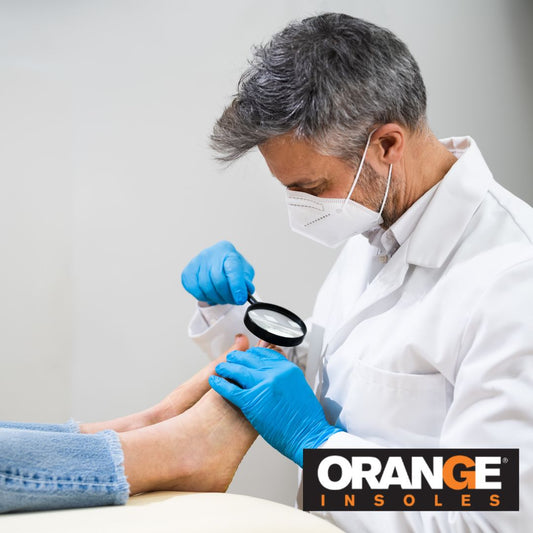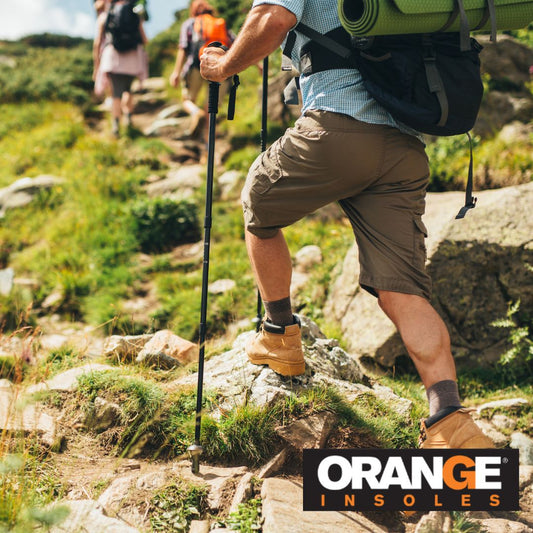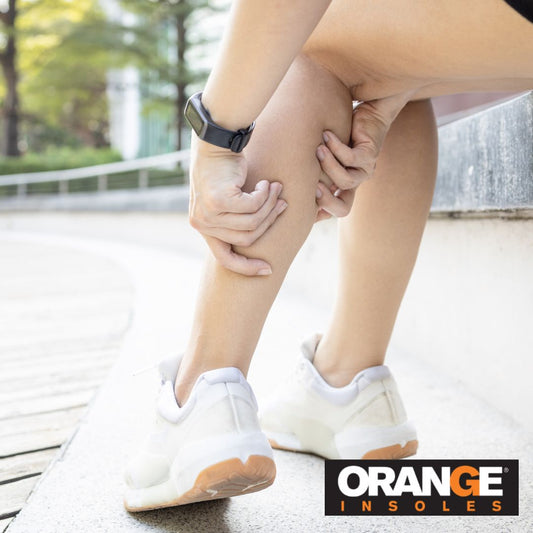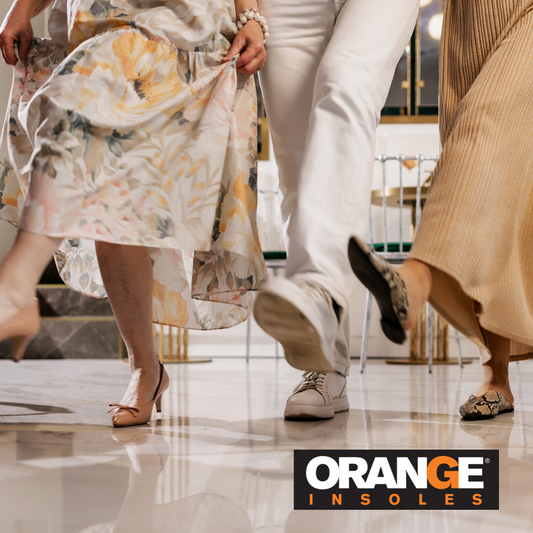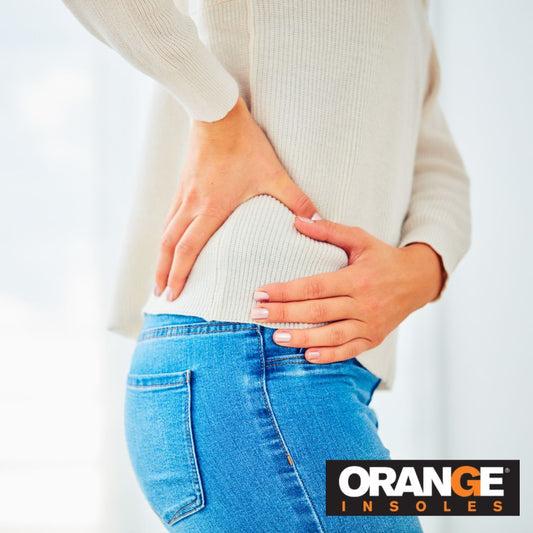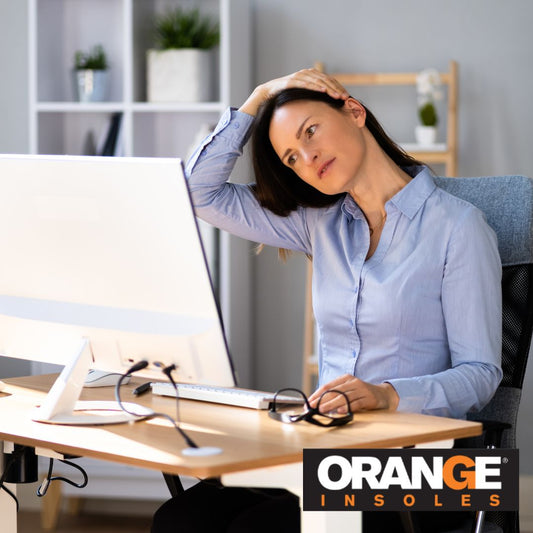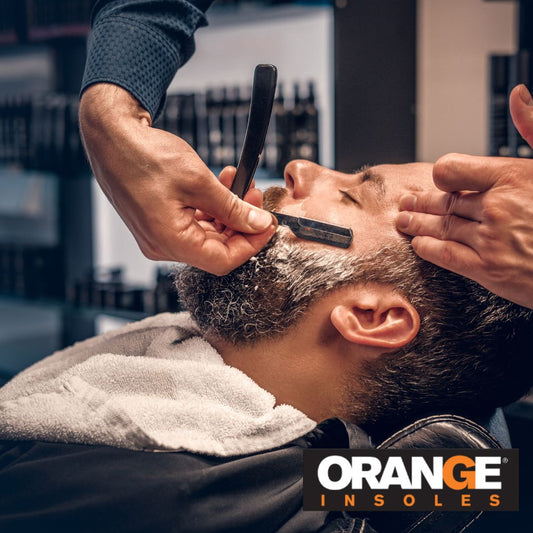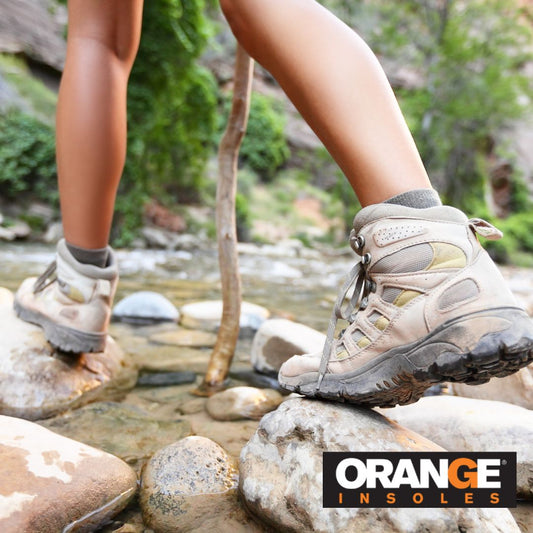You may have seen them at the gym or in the workout aisle at Target. Maybe you thought they were only for professional rehab, but it turns out, foam rollers can be a versatile and useful part of your workout warmup or recovery routine. Even if you’re not one to workout often, they can help with pain that comes from everyday activities…like sitting at your desk with bad posture.
While they are growing in popularity, they aren’t exactly the most comfortable piece of equipment to use. But, if used correctly, they can aid in preventing long-term and short-term muscular issues.
So let’s get familiar with them.
Benefits of Foam Rolling
- Loosening up muscles for more range of motion (better flexibility!)
- Preventing muscle knots- tightness and spasming in a specific area
- Reducing muscle soreness after workouts
- Increasing blood flow
- Decreasing your risk of injuries from overuse
- Reducing minor stiffness in arteries
How to Use a Foam Roller
So, now that you’re aware of the benefits, how do you use it effectively? Well, for one, you have to make sure that the roller is not too firm, yet not too gentle. Keep in mind that it may cause some discomfort, but you should feel relieved and loose afterwards. It’s important to pay attention to your body so you don’t cause any injury, and consult a doctor if you think it’s making things worse.
How to Use It:
- Find an area of muscular soreness or tightness
- Press your body onto the roller so that it’s uncomfortable, but not painful. You should use your own body weight for pressure.
- Wait 20 to 30 seconds
- Roll slowly over the area and try to focus on spots that you think need more attention
- Remember to breathe deeply throughout.
Overall, it’s pretty simple to use, and it can be used for many places on the body that are used often (depending on your workout routine) and places that hold a lot of tension.
Where to Use on Your Body
- Quadriceps- the front of your thighs
- Hip flexors- the front of your hips
- Calves
- Hamstrings
- Glutes
- IT band- the sides of your thigh and hip
- Upper and lower back
- Shoulders
- Neck
- Chest
If you’re still hesitant about trying it out, you can read up on the research about how foam rolling affects your muscles after strenuous exercise. And here are some handy visual demonstrations of how to stretch some of the muscles stated above.
Types of Rollers
Once you’re off on your search to buy one, you’ll find that there are a lot to choose from and the price range is large. There’s three main factors you’ll want to consider when choosing your roller:
- Density
- Texture
- Size
If you’re new to the deep tissue massage that foam rollers can provide, you’ll want to get one that’s a bit softer so there is little risk of bruising. Simply give it a squeeze and compare it to other options, or go with one labeled “soft”. You’ll also probably want to choose one with a smooth texture to distribute an even pressure throughout. Bumpy, textured rollers are better for targeting certain areas, but are usually more expensive.
Finally, you’ll want to get a 36-inch one with a 5 or 6 inch diameter for the best all-around experience. Smaller diameters and shorter lengths mean it’s for more specific areas and allows for a deeper massage.
When Not to Use a Foam Roller
It’s not always clear whether or not it will help, so it’s essential that you talk to your doctor if there is a possibility of a bigger problem. Rule out muscle tears, fractures, and joint issues before using a roller. In certain cases, you’ll want to listen closely to a physical therapist who can assess if you could benefit from it. Many pregnant women have found relief using them as well, but it should generally be avoided in late pregnancy. You’ll also want to avoid rolling over your knees, elbows and ankles joints which may hyperextend from the pressure.
It’s pretty amazing that such an inexpensive piece of equipment can help stretch and heal the whole body! It’s useful for everyone from athletes to office workers and anyone can work on those annoying pains and knots with little effort.




